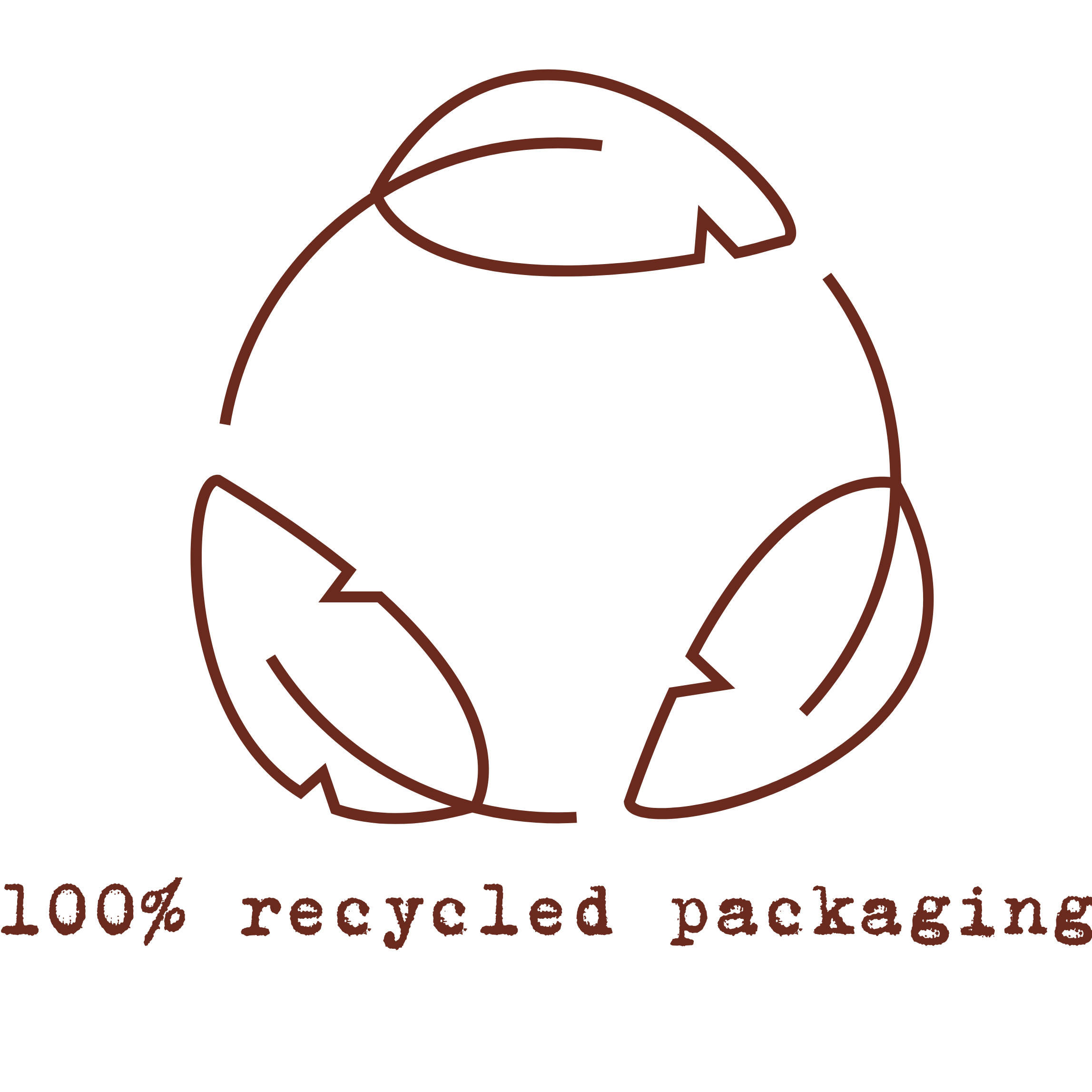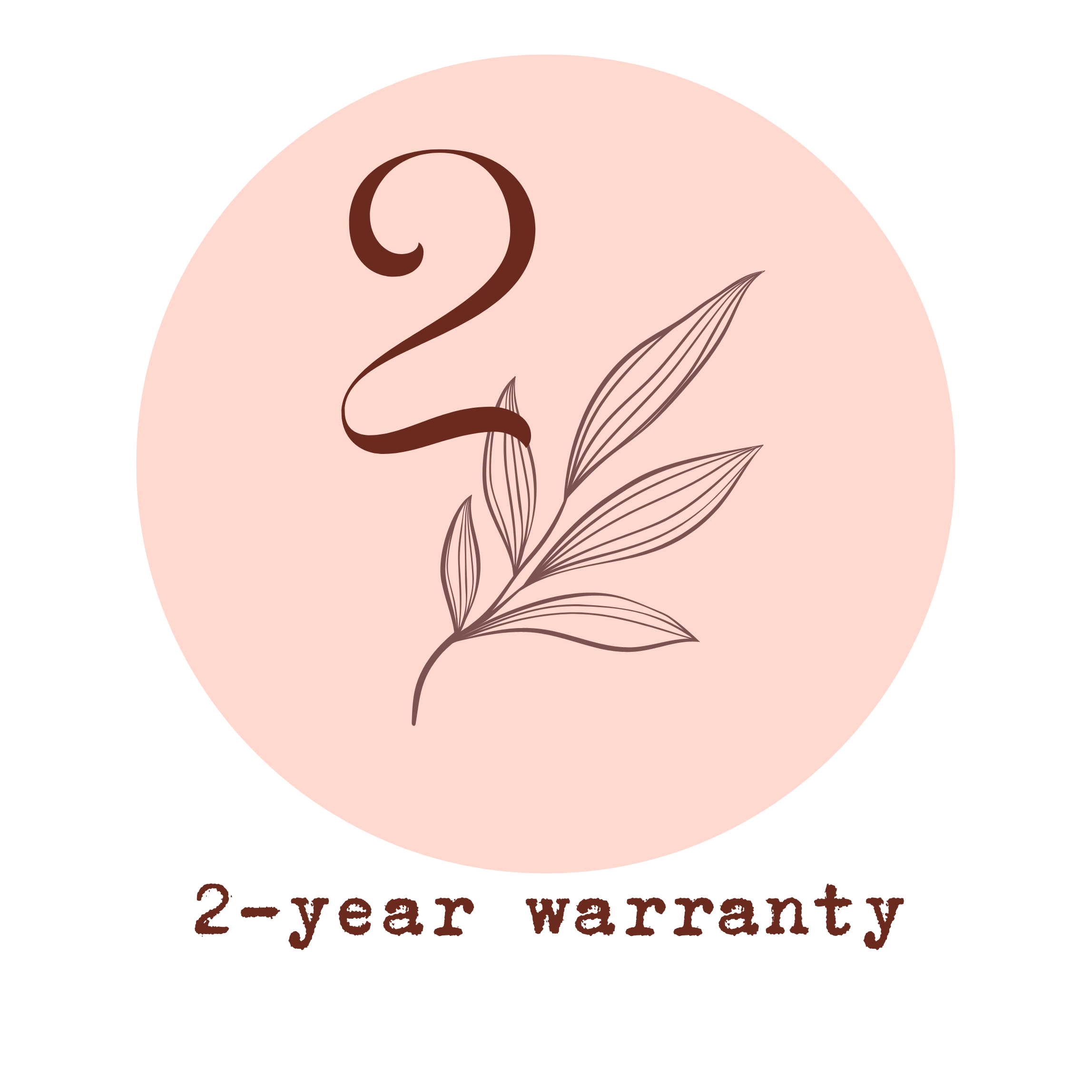The materials
-
Stainless steel is one of the most produced materials worldwide and as such, you could assume that it is not sustainable and environmentally unsound
The manufacturing process does have a high environmental impact
However, stainless steel can last for years and be recycled infinitely without changing colour or composition. This is why it is seen as an environmentally sound material and one of the most sustainable metals alongside brass. You can find more information on this from the British Stainless Steel Association.
-
We know all that glitters isn’t gold, but brass is a good substitute. It may be less valuable than gold but it is just as pretty
The reality- brass is an alloy of copper and tin which means that these two mined metals are joined to make brass. This can have a major environmental impact. However, most of the brass used in the world today is recycled
Brass has the capacity to be recycled endlessly. Mining is an energy-intensive and environmentally damaging process, even more so than the creation of new metals, and metal ores are a limited natural resource. This has significant environmental and economic disadvantages
Recycling brass means that less ore has to be mined from the earth to produce new brass
The brass industry worldwide relies on the recycling of brass scrap. like stainless steel, it does not lose its properties or composition when recycled.
The composition of brass means that it doesn’t rust although it can tarnish (check out the jewellery care section) if not protected or kept away from certain elements
Brass is also more resilient to wear and tear than gold or silver.
-
Gold is no longer easily available. Because of its unwavering popularity, gold mining is becoming more dangerous for people and the planet. God mining is a global industry with operations on every continent- except Antarctica
Land, water and air pollution are all products of gold mining., It upsets the geological integrity of eco systems and can displace communities. mining for gold uses cyanide; a deadly substance and toxic to the environment
To produce enough raw gold to make a single ring, 20 tons of rock and soil
Our gold plate is applied using vacuum PVD, also known as Ion plating, with titanium. We find this works really well on brass and stainless steel. PVD finishes are a super-hard coating which are far more durable and hardwearing than any corresponding electroplated or traditional finish.
PVD technology does not involve the use of toxic chemicals, making it a safer and more environmentally friendly option. The process generates minimal waste and consumes significantly less water and energy than electroplating.
-
Vermeil jewellery is defined as high-quality sterling silver that has been plated with a layer of gold. To be considered vermeil, the gold layer must be at least 2.5 microns thick and have a purity of 10 carats or higher. This luxurious combination results in a beautiful and long-lasting piece of jewellery.
ÎLE KEKERE vermeil jewellery boasts several exceptional qualities, including:
1. Durability: The thick layer of gold plating ensures that vermeil jewellery is built to last, providing a durable and long-lasting addition to your collection.
2. Affordability: Vermeil offers the appearance of pure gold at a fraction of the cost, making it an accessible option for those seeking luxury without breaking the bank.
3. Versatility: With its stunning gold finish and elegant designs, vermeil jewellery is perfect for both everyday wear and special occasions, seamlessly blending with various styles and outfits.
All the silver used in ÎLE KEKERE jewellery is recycled, providing a sustainable and responsible choice for the conscious consumer recycled silver jewellery is crafted from ethically sourced materials, providing a sustainable and responsible choice for the conscious consumer.








